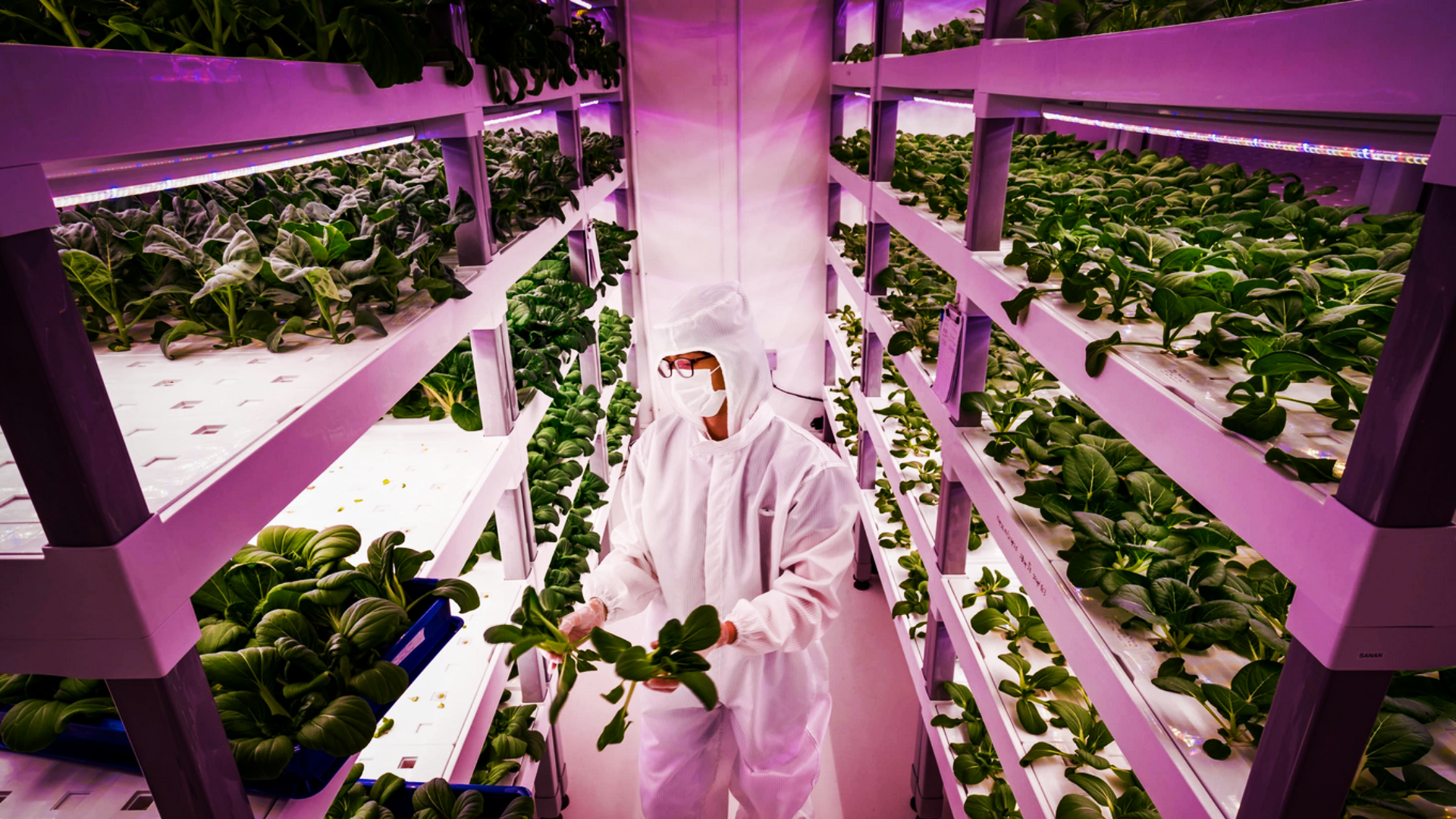Vertical farming had been touted by numerous experts as the future of food production in a warming world. In 2023, however, such companies are withering and key players have called it a day.
If farming conditions become untenable due to climate change, we’ll just take our crops indoors, right?
In theory, the concept of vertical farming may seem an easy win for the future of food production. Stacking vegetables from floor to ceiling may not only free up diminishing agricultural space, but also allow conditions to be carefully controlled all year around anywhere.
Growing inside prevents the potential outbreak of plant diseases, eliminates pesticides, and negates the overuse of water and fertiliser. Following unexpected instances of extreme weather – like the flooding recently witnessed in California – the supply chain of herbs and leafy greens could be propped up by these warehouses.
This optimistic train of thought was one expressed by scientists and major food exporters in the experimental phase of vertical farming back in early 2021. Just two years on, however, industry enthusiasm has nosedived amid an onslaught of logistical problems.
The first, and most obvious, is that electricity prices have been hiked up to record levels in the US and Europe following the pandemic and ongoing conflict in Ukraine. This is a fatal issue, considering vertical farms run almost exclusively on automated tech and UV lighting as a substitute for sunlight.
In the back end of 2022, this led to ‘a clear reprioritisation of business strategy away from growth at all costs and towards profitability,’ revealed Pitchbook’s emerging technology analyst Alex Frederick. In laymen’s terms, production costs meant venture funding fell off a cliff.




















